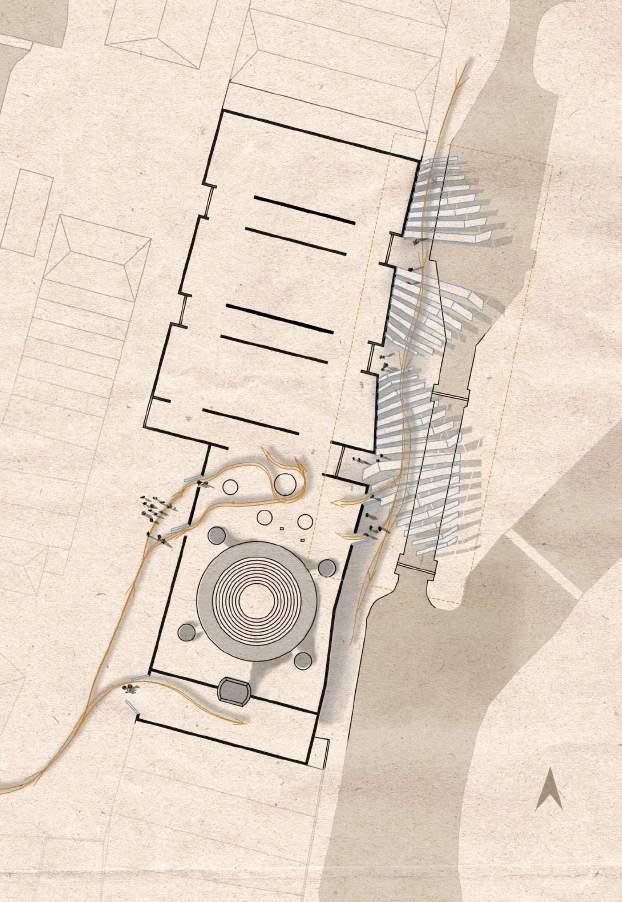
5 minute read
FORGOTTEN SPACES MONTAGE
from Portfolio for UCL
Montage exploring the forgotten spaces of the site. The alley ways will be a space for exploration and observation by allowing for a glance into the factory and what the whole building may have in side. The person to the back rolling the barrel explores how this factory and its spaces are fully open to the public as well as the staff for exploring and using. This moment within the alley way has in turn provided more clarity with regards to the use of spaces.
The Silhouette Informed The Roof
Advertisement
SPACIAL MASSING & EXPLORATION


The model was initially made of paper and cut and folded to create openings that allow light to pass through, thereby creating intricate shadows. This shadow-making model played a critical role in the design process and was used to visualize how light and shadow would interact with the roof, providing insight into the final look and feel of the finished structure. Above the final massing of the proposed use of the building is shown. It explores the idea of using forgotten spaces, and how each of the existing buildings can be re-purposed and for the proposed use.
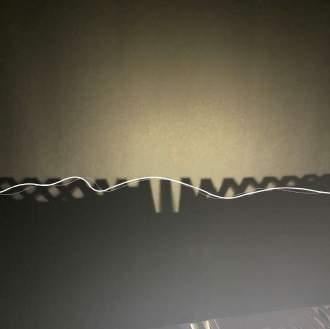
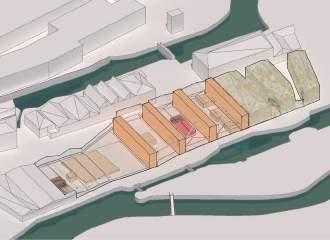
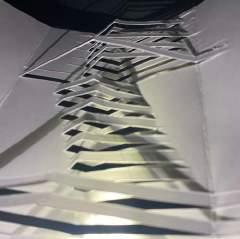
Shadow Model Concept
The diagram above shows the integration of the shadow device as a momentary structure for walking below and enjoying indoor and outdoor spaces. The shadow-making model was not initially intended to guide the design. The model wasn’t developed specifically to inform the roof’s form however, was used as a final reference.
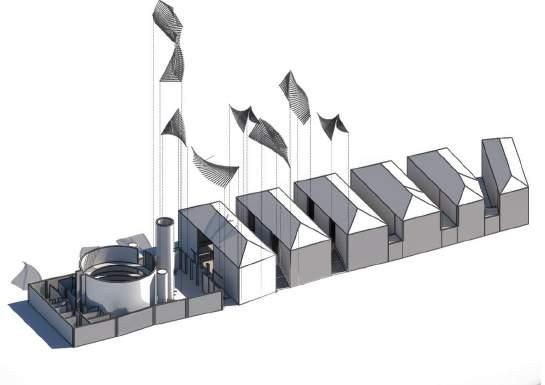
Roof Structure Derived From Shadow Model


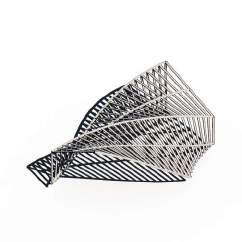
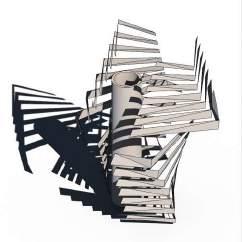
A portable cabin designed to provide respite for the ‘Dark Factory’ workers of Leicester’s textiles industry.



‘The nook’ presents a sustainable housing solution. The submission aims to take advantage of these ‘unsociable’ lots by offering a proposal for low-cost small-scale housing. ‘Nooks’ are a prefabricated housing solution consisting of a plywood, metal cladding on a series of simple frames, and each have sustainable solutions for an offgrid lifelstyle. The scheme is made up of a sensible linear plan layout, segmented into zones for resting, bathing, cooking, living+dining, and potentially vertical farming. The project is depicted beautifully in plan and section, giving sense to the project’s layout and form.
The prefabricated nature of this design allows it to be transported and built in a number of different environments around the worls.
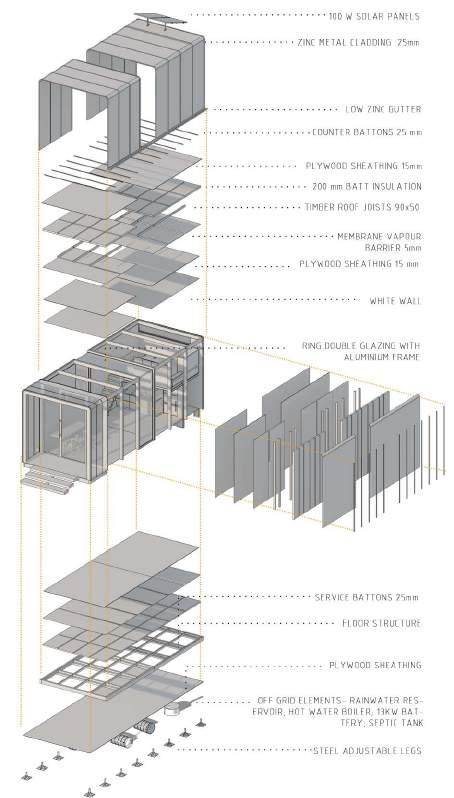


For a busy and urbanized city like Leicester it is important to always consider environment and nature in a design. In the case of a supermarket which is typically a large building and takes up a lot of land it was important to take this into consideration. In doing so the design focuses on creating a space which a community can interact with nature in the urban environment- hence urban bee-keeping and the supermarket. Honey bees are a clever species and work well in a community almost representing a microcosm of a city. The supermarket design aims to focus in on this community feel and working together, so much like the bees in a hive people will bring sugar waste from their homes as well as the supermarket itself and use it to make a syrup which helps feed the honey bees, in turn the bees will produce honey which can be sold at the supermarket. The customers are able to see the bee-keeping in action and see how the sugar they bring in is collected and then used by the bees. The actual beehives themselves are stationed in a rotating structure in accordance with the sun, which is a favourable condition for not only the bees but also the flowers which will grow on these structures. This change in direction of the structures means that the building as whole looks different at different times.


As of 2014 the existing building on the site had not been in use. However prior to this 1980 to 2014 the building on site was used as a nightclub, and before this until 1972 the building was a working flour mill. The redevelopment comprises of the conversion of the Flour Mill, demolition of existing structures and the erection of four ancillary blocks to provide a total of 53 apartments, and ancillary residential and commercial facilities.
This was one of my first projects in practice, led by a team of architects and 2 assistants. i had been given the roll to work on apartment layouts, and then producing a model which myself and the in house visualiser took to render and post production. Finally, i was also tasked with compiling the design and access statement, this was quite the challange for a project of this scale as i had to get to grips with the scheme and the prior pre-applications and design review panels that took place alongside any relevant history and development of the site.
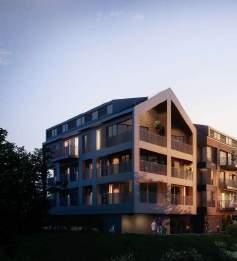
The existing garage (currently used as a store and gym) is to be demolished and replaced with the proposed ancillary accommodation.
The proposed ancillary accommodation will provide 1 bedroom with an en-suite bathroom at first floor, and a kitchenette and living space at ground floor. The living space opens onto the existing garden, to be shared with the existing house.
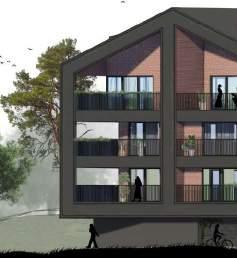

49 External materiality/ Facade treatment - Block E
This proposal took its inspiration from the existing thatched dwelling on site, and incorporates this style of traditional roof material into something more contemporary. The application faced many challenges such as issues of overlooking and scale due to the steep topography of the site, however with some careful consideration I was able to make this proposal work and obtain full planning consent.

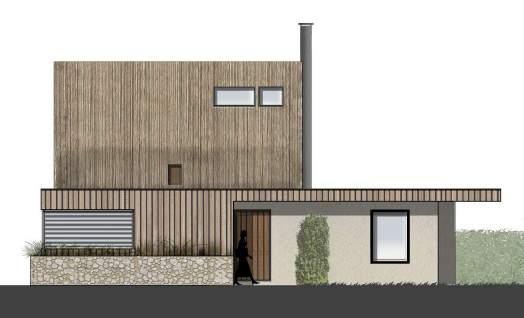
We are now in the process of taking the project to tender, and detailed drawing work has begun.

This scheme provides a new purpose built workshop and 22 new detached family homes. The key driver for the scheme is for the Stevenson Brothers’ business to remain in High Halden but to continue to work from a single location. The new bespoke workshop itself will consist of a workshop & associated storage with designated areas for preparation, carving, gluing, repairing and painting of the rocking horses. The remainder of the building will consist of a publicly accessible cafe, farm shop and museum. At the heart of the proposal is the making process, which will be visible to the public from the exterior of the building, with the museum and repair shop forming part of a guided tour of the facilities. A classroom is also proposed in the new building providing an educational facility. For this scheme was tasked with the deigning the new workshop alongside my boss, and preparing the project for pre-application. With a larger team, we then becan the process of a detailed planning application.
Coloured Elevations
The proposal is for a single detached 4 bedroom dwelling with associated external areas including off street parking and external amenity areas.

The design seeks to respond to the TPO trees on site by keeping all of the existing preserved trees on site. The main building is at a lower level to the kitchen/dining/snug, whilst the single storey element is set at the existing ground level to avoid impact on the root protection zones of the existing trees.

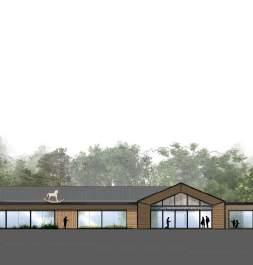
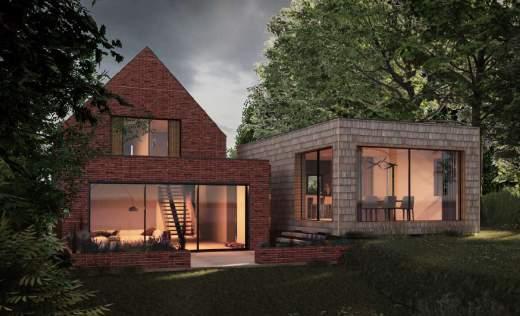

I n order to maintain privacy for the proposed site as well as the neighbouring property, the ground floor windows on the east facing elevation are set at high level to provide ventilation and light as opposed to views.
S imilarly at first floor, roof lights have been proposed on the east elevation, to provide views to the sky and light whilst preventing overlooking to the adjacent property.

